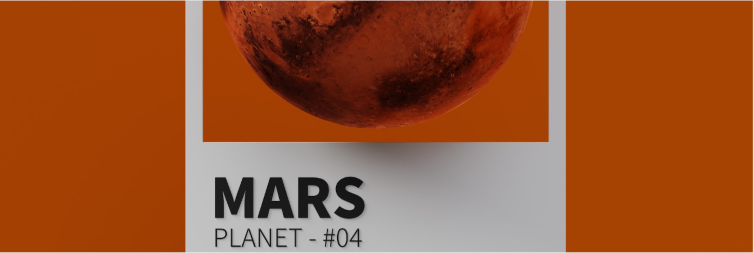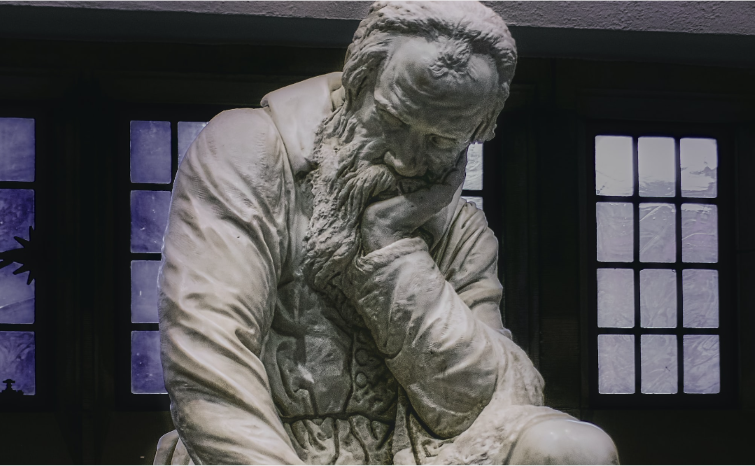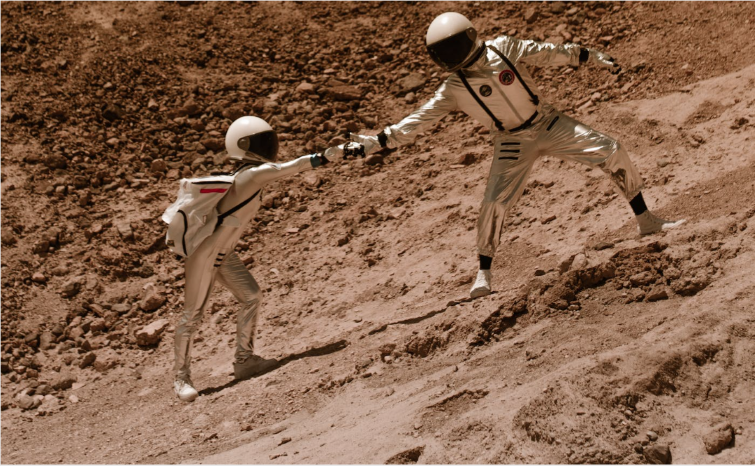Mars throughout history

The Chaldeans and other ancient nations knew Mars as one of the five “wandering stars” (the Greeks called the wandering stars planets, hence the current name for these bodies). They also know Mars’ characteristic that it sometimes moves backwards in the sky – the so called retrograde movement, but only in relation to faster bodies.
Aristotle observed the occultation of Mars by the Moon. This seems to have happened on May 4, 356 BC. And according to Ptolemy’s accounts, Mars was in opposition on December 14, 130 AD. This information is confirmed by simulations of computer programs.
Galileo observes Mars with his binoculars in 1609. The information is important only because it was the first such observation of the Red Planet. By today’s standards, Galileo had a very poor binocular with all the flaws that optics can show.

Further on, in 1636. Fontana notices spots on Mars, and even makes drawings of this planet. The spots will enable Huygens to determine the rotation time of Mars on December 1, 1659. According to his calculation, Mars rotates on its axis in 24 hours.
Cassini noticed in 1672 that the star Aquarius moved when Mars apparently approached it. This was the first hint of the existence of an atmosphere on Mars.
In 1719, there was a big panic because Mars was so bright at perihelion that people mistook it for a comet that was thought to crash into Earth.
In 1802, the German astronomer Gauss proposed to draw geometric pictures in the Siberian tundra as a message to the inhabitants of Mars. A little later, in 1819, Litrov proposed to light fires in the Sahara as a greeting signal to the Martians, and in 1874 there was also a proposal to use a huge magnifying glass to direct the Sun’s rays from the Earth towards the deserts of Mars and draw a message from the Earthlings on them.

Some more Mars-related facts that are good to know:
- The closest distance between Earth and Mars is about 56 million kilometers, and the furthest is about 400 million kilometers.
- The longest interval between two Mars oppositions is 810 days, and the shortest is 764 days.
- The smallest phase of Mars that can be seen from Earth is 85%.
- When Mars is at perihelion, it receives 44% more solar radiation than when it is at aphelion.
- The tallest volcano on Mars (and probably in the Solar System) is Olympus Mons.
- The largest canyon is Valles Marineris
- The lowest measured summer temperature at the North Pole is -73°C (at that temperature frozen carbon dioxide evaporates). At the same time, the temperature at the South Pole was -137°C.
- The North Star of Mars is a small star SAO 33185 of the sixth apparent magnitude in the constellation Cygnus, which is normally located 431 light years away from us.
- Mars has two satellites: Phobos and Deimos
- The first good map of Mars, created by Ber and Medler, dates back to 1838.
- Hagins studies the spectrum of Mars in 1867 and finds that there is water vapor in the Martian atmosphere.
- The first attempt to send a probe to Mars was made by the Soviets in 1962.
- The first attempt to find life in the Martian soil was during the Viking mission.

